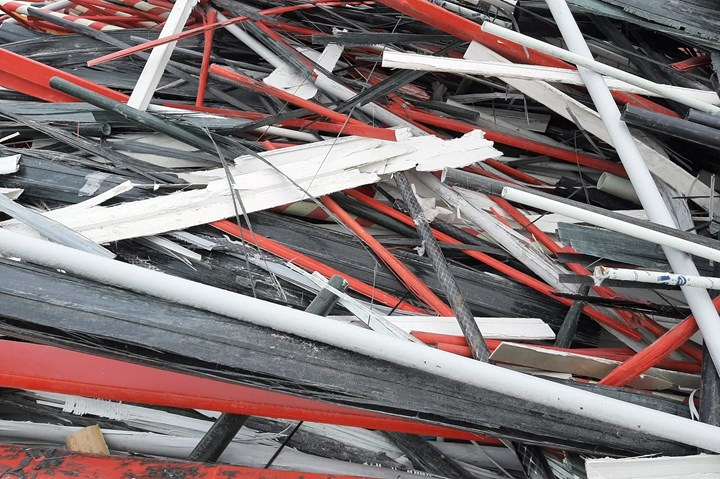International Conferences on Composite Materials
5th Edition of International Conferences on Composite Materials
Award Nomination - https://x-i.me/compram1
Abstract Submission - https://x-i.me/compabst2
Kuusakoski announces plans for composite recycling plant in Finland
Finnish recycling company Kuusakoski (Espoo) reveals plans to build a new composite shredding and treatment plant at its Hyvinkää site in southern Finland. The new composite treatment plant will shred composites safely and effectively, according to the company.
The €4 million investment, financed by Business Finland from RRF (Recovery and Resilience Facility) funding, includes the renovation of a building that currently exists at the Kuusakoski Hyvinkää site, as well as the construction of a new processing line. It reflects Kuusakosk’s multi-year green investment program.
“Our investment brings the circular economy solution piloted in Germany to Finland. With it, we can provide the best industrial scale recycling process for composite materials locally,” Mikko Kuusilehto, president and CEO of Kuusakoski, contends. “The demand for a recycling solution for composites is rising already, as the amount of composite waste will increase: Wind turbines, airplanes, boats and other vehicles contain considerable and increasing amounts of composites.”
The composite waste is supplied as a raw material by Kuusakoski to the cement industry. The shredded composite material is co-processed in cement production, where it can be efficiently used without residual ash.
Composite material contains fibers and polymers. In this co-processing, the fibers are substituting limestone and the polymers are substituting fossil fuel, ultimately lowering C02 emissions.
Kuusilehto highlights a common misconception about the shredded composite material that this new plant will produce: “It is good to understand that the shredded composite materials are not mixed with concrete. They are used in the production of clinker — the pre-product that is used to prepare cement — and no trace of fibers is left in the cement that is then used for preparing concrete.”
The new facility will improve the efficiency of the process that was piloted in the KiMuRa project. It will consist of two shredders, several covered conveyors, a magnet and a dust control system. The dust control system is especially important, as the processing of composites creates large amounts of fine, harmful dust.




Comments
Post a Comment